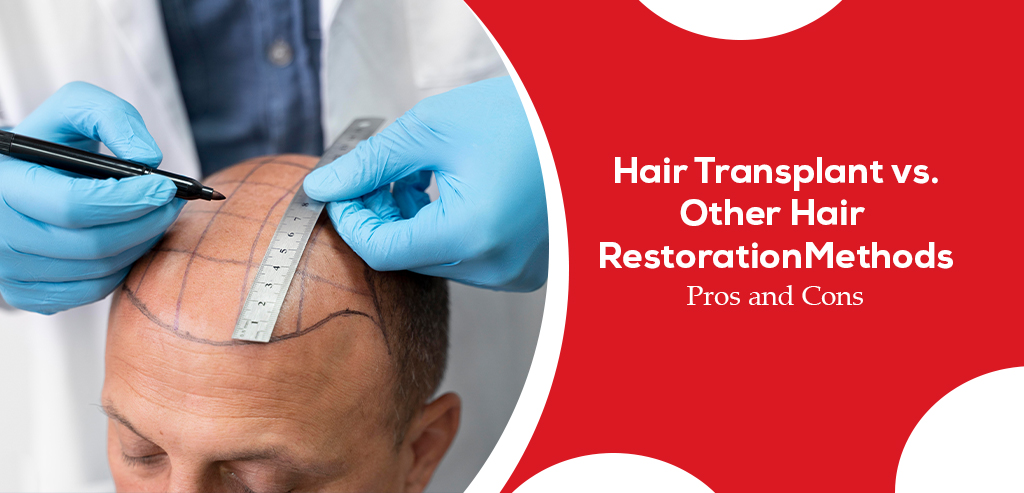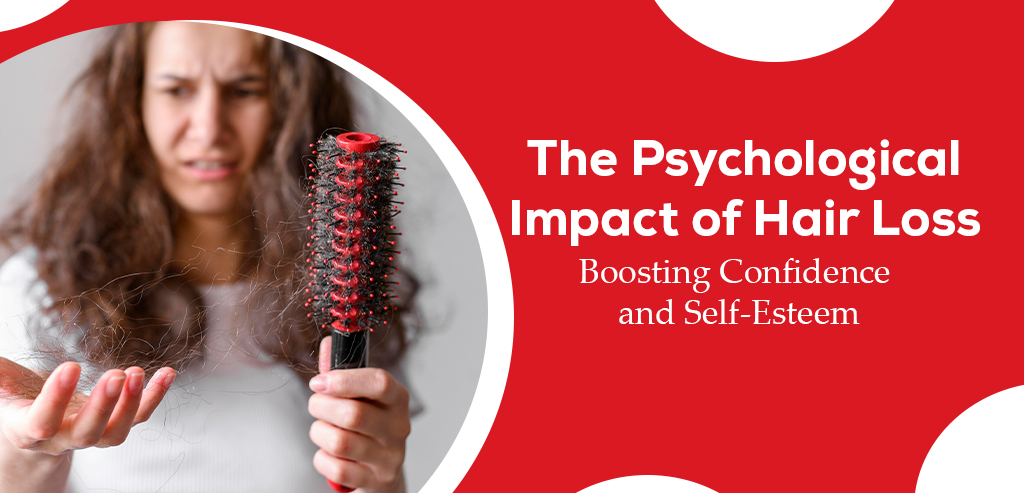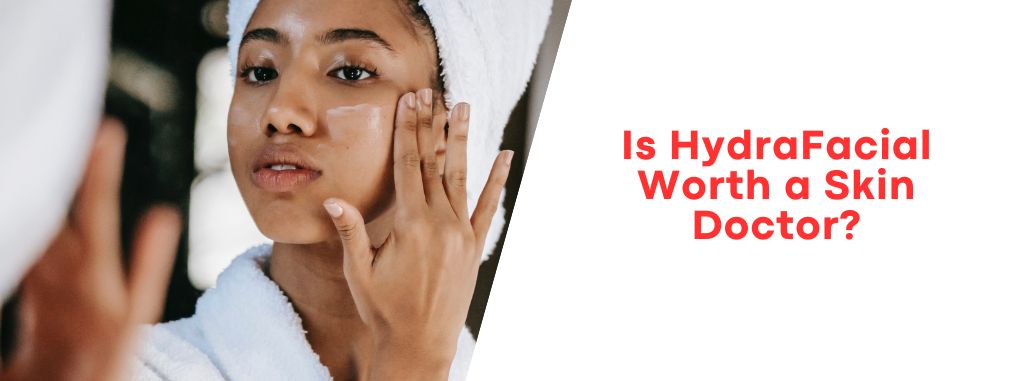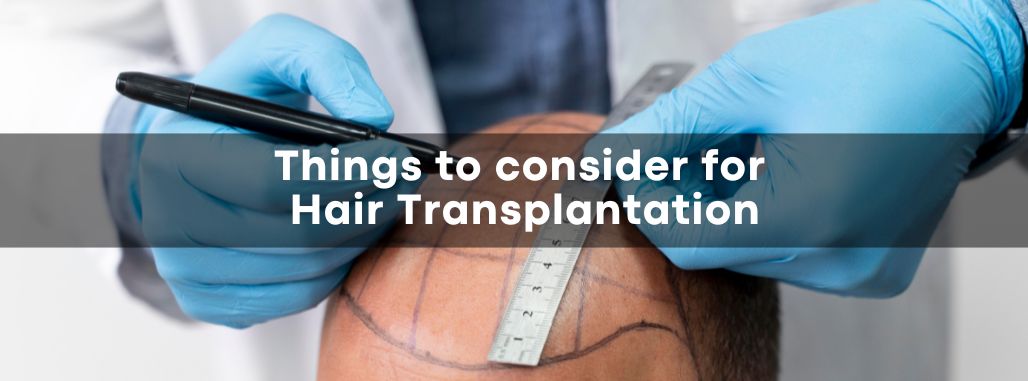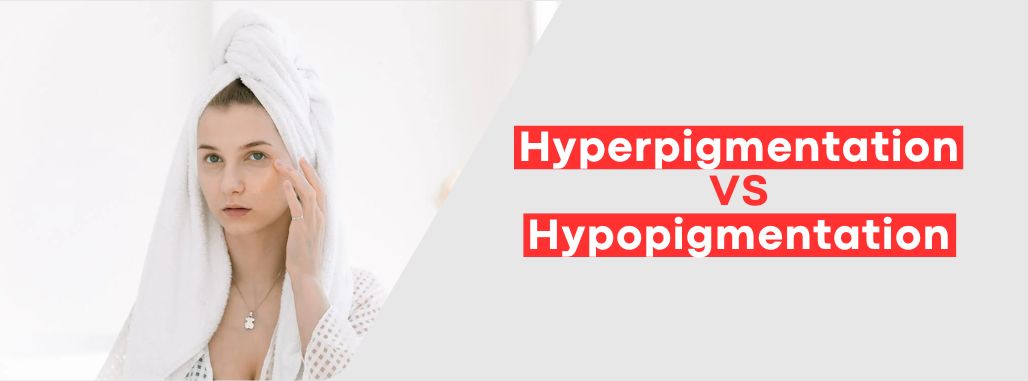If you have ever dreamed of having skin that’s as luminous as glass, the Korean Glass Glow Facial might be your secret to achieving that radiant look. But can it truly deliver instant luminous and clear skin? Today, we will explore the ins and outs of this popular beauty treatment to help you decide.
A Korean Glass Glow Facial is a specialized skincare treatment designed to give your skin a radiant, clear, and glass-like appearance. This treatment is inspired by the Korean beauty trend of “glass skin,” which is characterized by skin that looks poreless, translucent, and dewy.
Steps Followed During Korean Glass Glow Facial:
- Cleansing: The process begins with thorough cleansing to remove impurities and makeup from the skin.
- Exfoliation: Dead skin cells are gently exfoliated. It leaves the skin smoother and more receptive to treatment.
- Infusion: A specialized serum is applied to the skin, packed with hydrating and skin-brightening ingredients.
- Hydration: The treatment deeply moisturizes the skin, reducing dryness and flakiness.
- Micro-needling: Some variations of this facial include micro-needling. This can stimulate collagen production for a more youthful appearance.
Benefits of a Korean Glass Glow Facial
-
Instant Radiance:
A Korean Glass Glow Facial can provide an immediate glow to your skin. The treatment involves the application of specialized products that can instantly brighten your complexion. It makes your skin look luminous and healthy.
-
Improved Skin Texture:
Exfoliation is a key component of this facial. It helps in removing dead skin cells and impurities, leaving your skin smoother and softer. This process contributes to an improved overall skin texture.
-
Hydration Boost:
Deep moisturization is a central aspect of the Korean Glass Glow Facial. It involves the application of hydrating serums and products that penetrate deep into your skin. This helps in reducing dryness and flakiness, resulting in a clearer and well-hydrated complexion.
-
Minimized Fine Lines:
The deep moisturizing and plumping effect of this facial can lead to the appearance of diminished fine lines. When your skin is well-hydrated, fine lines tend to be less noticeable, contributing to a more youthful appearance.
-
Pore Refinement:
The facial treatment includes a cleansing process that unclogs and refines pores. By removing impurities and debris, it reduces the risk of acne and breakouts, leaving your skin looking clearer and healthier.
-
Brighter Complexion:
The Korean Glass Glow Facial is designed to promote a more even skin tone. It targets skin discolorations and unevenness. So, it results in a brighter complexion and a healthy glow that can make your skin appear radiant.
-
Customizable:
One of the advantages of this facial is that it can be tailored to your unique skin needs. Skincare professionals can adjust the products and techniques used based on your specific skin concerns. They follow a personalized approach to treat your skin.
-
Quick and Painless:
This facial treatment is known for its speed and comfort. It’s a relatively fast procedure that typically does not involve significant discomfort. Many clients find it to be a convenient and painless way to enhance their skin’s appearance.
-
Long-Lasting Results:
While individual results may vary, many clients experience the effects of the Korean Glass Glow Facial lasting for long. The longevity of the results can be attributed to the deep hydration and skin rejuvenation achieved during the treatment.
Who Can Benefit from Korean Glass Glow Facials?
Korean Glass Glow Facials are suitable for most skin types, including those with sensitive skin. The treatment can address a variety of skin concerns. So, it is a versatile option for individuals looking to improve their skin’s overall appearance and texture.
While a Korean Glass Glow Facial can certainly deliver an instant radiance and improved skin texture, it’s important to manage your expectations. Achieving “glass skin” is a process that may require multiple sessions, especially if you have specific skincare concerns. The treatment provides a remarkable boost in skin’s hydration and brightness. It gives you a glow that can make your skin appear luminous and clear.
The Best Korean Glass Glow Facial
If you are considering a Korean Glass Glow Facial, it’s essential to choose a trusted provider. Dr. Paul’s Advanced Hair & Skin Solutions is renowned for its expertise in this field. Our clinic offers the best Korean Glass Glow Facial treatments that can truly help you achieve luminous and clear skin. With our skilled professionals and state-of-the-art technology, we can tailor the treatment to your specific needs. We ensure you get the best results possible.
So, if you are ready to experience the magic of a Korean Glass Glow Facial, we are here to make your dream a reality. Contact us today to schedule your appointment and start your journey to glowing, glass-like skin.
Dr. Paul’s Advanced Hair & Skin Solutions is your trusted partner in achieving radiant skin with the best Korean Glass Glow Facial treatments. We are here to make your dream of luminous skin a reality. Contact us today to schedule your appointment and experience the magic of a Korean Glass Glow Facial.


